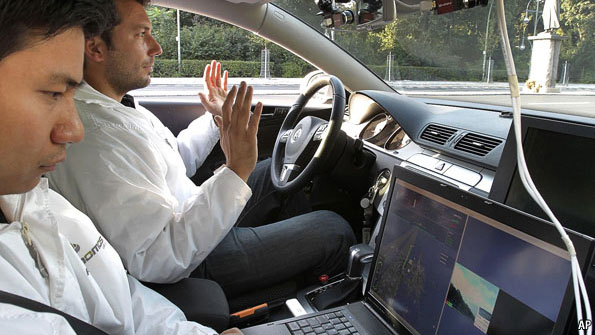Advanced Search
WSDOT

The Washington State Department of Transportation (WSDOT) is the steward of a large and robust transportation system, and is responsible for ensuring that people and goods move safely and efficiently. In addition to building, maintaining, and operating the state highway system, WSDOT is responsible for the state ferry system, and works in partnership with others to maintain and improve local roads, railroads, airports, and multi-modal alternatives to driving.
WSDOT tracks, reports, and manages its programs and project according to the six transportation policy goals adopted by the Legislature in RCW 47.01.012. The six policy goals are safety, preservation, mobility (congestion relief), environment, stewardship, and economic vitality. These goals are interdependent and support the overall vision for all transportation agencies (like WSDOT) in the state.
WSDOT, working closely with private contractors, is in the midst of delivering the largest capital construction program in our history—more than $16.3 billion in projects, including 421 highway projects.
What personal information is collected through this website and how is it used?
We collect information about our users in three ways: directly from the user, from our Web server logs and through cookies. We use the information primarily to provide you with a personalized Internet experience that delivers the information, resources, and services that are most relevant and helpful to you. We don't share any of the information you provide with others, unless we say so in this Privacy Policy, or when we believe in good faith that the law requires it.
Personal Injury Accidents: Preserve Evidence
Basic information from Nolo about how to handle photographs and other documentation about an accident.
Preserve Evidence and Take Photos
If you are involved in an accident or injury that may have been caused by the carelessness of someone else, preserving any physical evidence of the incident and your injuries can help support your position in any legal claim you may decide to pursue. It's important to do this as soon as possible after the incident because circumstances can change quickly: accident scenes can be altered, memories can become unreliable, and evidence can be overlooked or misplaced over time.
Learning How to Photograph Car Accident Scenes
Where car accidents and insurance claims are concerned, today’s technology has provided us with several great tools we can use after a crash. One of those tools is the digital camera. With photos of the accident scene in hand, policyholders are much more likely to be able to make a case to their insurance companies for an adequate payout.
Key information to record while the incident is still fresh.
After any car accident, if you are injured or your car is damaged, there are several types of key information to gather and write down while you're still at the scene.
Even a Minor Accident Can Cause Childhood Trauma

Any unusual behavior that begins shortly after a severely frightening episode may indicate that your child is traumatized. Compulsive, repetitive mannerisms, such as repeatedly zooming a toy car into a doll, are an almost sure sign of unresolved trauma. Other signs of traumatic stress include tantrums, uncontrollable rage attacks, hyperactivity, thrashing while asleep, bedwetting, inability to concentrate in school, excessive belligerence, or fearful shyness.
Helping Children Cope with Trauma

We created this site so parents can understand their child's reactions to injury and learn how to help children cope with trauma in a healthy way.
Injury and Pain Care - This section of the website offers some general information about common injuries and tips for home management, as well as helpful hints for pain management and injury prevention.
Traumatic Stress and PTSD - resources on finding a therapist, traumatic stress and PTSD, dealing with other types of traumatic events, worry or stress in children and teens, sleep problems, injury prevention, pain and injury care, books for parents and books for kids.
Aviation Safety Network

Providing everyone with a (professional) interest in aviation with up-to-date, complete and reliable authoritative information on airliner accidents and safety issues.
The Aviation Safety Network is a private, independent initiative founded in 1996. On line since January 1996, the Aviation Safety Network covers accidents and safety issues with regards to airliners, military transport planes and corporate jets.
The ASN Safety Database contains detailed descriptions of over 10,700 incidents, hijackings and accidents.
Look, no hands

IN AN average month 108,000 people are killed in traffic accidents around the world, and the death toll is increasing. On current trends it will exceed 150,000 people a month by 2020, according to the World Health Organisation, as cars become more widespread in developing countries, increasing the number of vehicles on the world’s roads from around 1 billion in 2010 to 2 billion. Many lives will be spared by outfitting more vehicles with airbags, the biggest lifesavers in car technology since seat belts. But now a far greater revolution in road safety is within reach. Around 90% of accidents are caused by human error. Design vehicles so that they can drive themselves, goes the theory, and death tolls will plummet.
